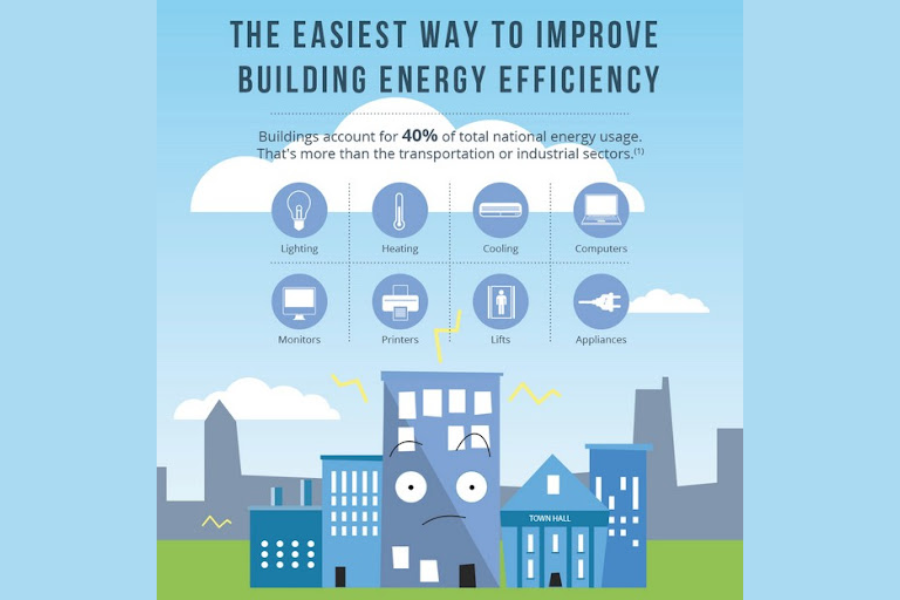5 Easy Steps to Switch Your Energy Company
Key Takeaways:
- Understanding your current energy usage is crucial before switching providers.
- Researching and comparing energy plans helps you find the best deal.
- Notifying your current provider prevents unnecessary complications.
- Double-checking your new contract ensures no hidden fees or surprises.
- Reviewing your first bill with the new provider confirms your switch went smoothly.
Table of Contents:
- Introduction
- Step 1: Assess Your Current Usage
- Step 2: Research and Compare Providers
- Step 3: Notify Your Current Provider
- Step 4: Review and Sign the New Contract
- Step 5: Monitor Your First Bill
- Conclusion
Introduction
Switching your energy company may seem daunting, but it can be a straightforward process that leads to substantial savings and better service. Following a few simple steps, you can ensure a smooth transition to your new energy provider while keeping the lights on without any hitches. This guide will walk you through five easy steps to switch your energy company, helping you make an informed decision for your household.
Step 1: Assess Your Current Usage
Before you consider switching energy providers, it’s essential to understand your current energy usage. Take a few moments to review your recent energy bills. Look at your average monthly consumption, peak usage times, and the regular charges on your bill. This information will be invaluable as you compare new energy plans.
If you know your current usage, you’re in a solid position to choose a plan that meets your needs. For example, some providers offer lower rates during off-peak hours or might have special rates for households with higher usage. By understanding your patterns, you can also pinpoint areas for improvement and efficiency, potentially reducing your overall consumption and saving even more money. To get an in-depth understanding of the switching process, you can refer to this guide on how to switch energy providers.
Step 2: Research and Compare Providers
Once you understand your current energy usage, it’s time to start researching other providers. Use comparison websites to get an overview of the different plans available to you. Pay close attention to the price per kilowatt-hour, contract lengths, and any additional fees or penalties that might apply.
While the price is a significant factor, the provider’s reputation for customer service is also worth considering. Look at online reviews and ratings to understand how other customers view their experiences. Are they prompt in addressing issues? Do they offer valuable tools and customer portals for monitoring usage and paying bills? These aspects can significantly impact your overall satisfaction.
Step 3: Notify Your Current Provider
After selecting an energy provider, you must notify your current provider of your decision to switch. This step is crucial to avoid any unnecessary complications or service disruptions. Most providers require a certain amount of notice to process your request correctly. Check your current contract for any early termination fees or other conditions that might apply.
When notifying your current provider, it’s a good idea to do so in writing and keep a copy of all communications for your records. This ensures no confusion later and provides a paper trail in case any disputes arise. Proper notification will also include the start date for your new service, helping to make sure there’s no gap in your energy supply.
Step 4: Review and Sign the New Contract
Before finalizing your switch, carefully review the new contract from your chosen provider. Look for terms related to rates, contract length, and any additional fees. Ensure there are no hidden charges that could surprise you down the line. If necessary, clarify any doubts by contacting the provider directly.
Many energy contracts offer fixed or variable rate plans. Fixed rates provide stability by locking in a rate for the duration of the agreement, which can be beneficial if prices are expected to rise. Variable rates, on the other hand, can fluctuate with market conditions. Ensure you understand which type you are signing up for and that it aligns with your financial planning.
Also, take note of any early termination fees, which can be costly if you switch providers before the contract expires. Some contracts may include promotional rates that expire after a certain period, so understand your rate after any introductory offers end. It’s also essential to review any green energy options included in the plan, especially if sustainability is a priority for you. Remember that contract lengths can vary, from short-term agreements of a few months to long-term commitments of several years, so choose one that suits your needs. Once you’re confident, the contract aligns with your goals and budget, sign it and keep a copy for your records.
Step 5: Monitor Your First Bill
Once you’ve made the switch, pay close attention to your first bill from the new provider. Compare the charges against those outlined in your contract to ensure everything is correct. This initial billing cycle is the best time to catch any discrepancies; addressing them immediately is more accessible than letting them cause ongoing issues.
Monitoring your bill doesn’t continue after the first month. Regularly monitor your energy usage and costs to confirm you’re getting the value promised. Use any tools or apps offered by your provider to track your usage in real time. These insights can help you adjust your habits and potentially save even more on your energy costs.
Conclusion
Switching your energy company can seem like a big step, but following these five easy steps can simplify the process. You can ensure a seamless transition by understanding your energy usage, researching and comparing providers, notifying your current provider, carefully reviewing your new contract, and monitoring your first bill. This proactive approach promises potential cost savings and opens the door to better service and more suitable energy plans for your household. So, go ahead and take the plunge – your future self and your wallet will thank you.
Stay informed with the latest updates and exclusive features at NewsletterTribune.com.






